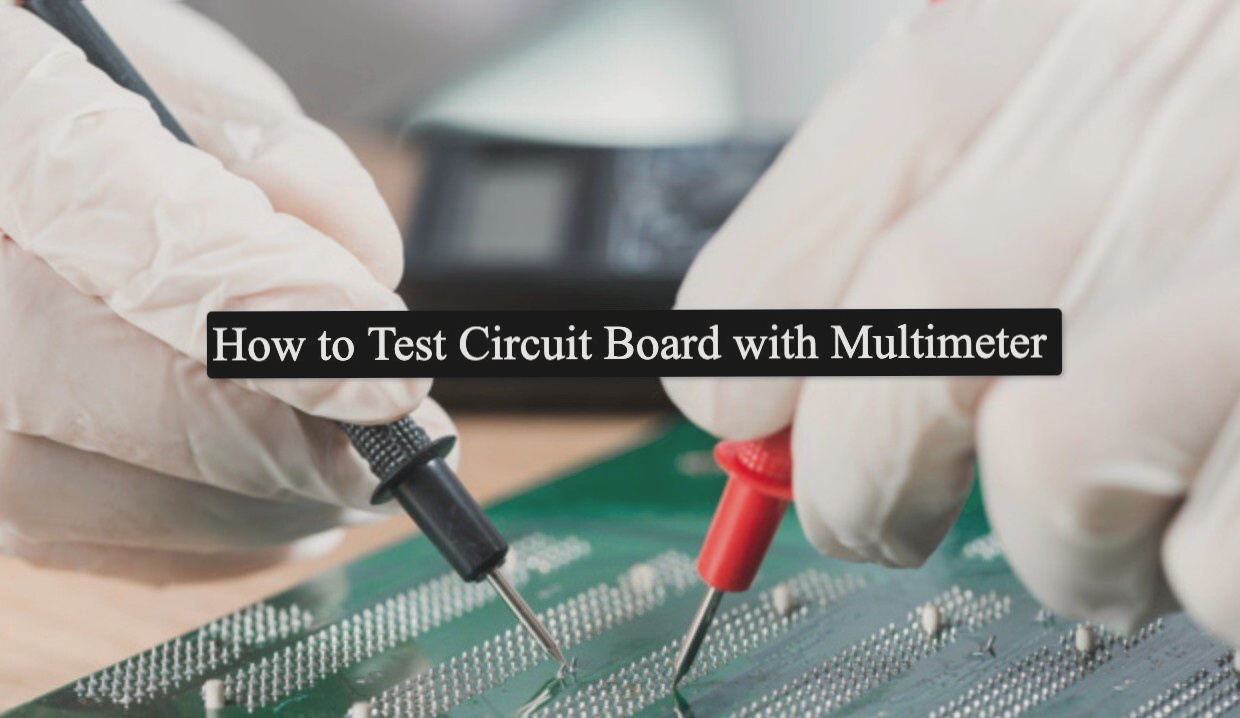Printed Circuit Boards and Their Impact on Transmission Line Performance
- Printed circuit boards commonly use glass fiber in the dielectric layer, affecting the local dielectric constant.
- At millimeter wave frequencies, the glass weaving in thinner laminates plays a significant role in altering the dielectric constant.
- Non-uniformity in the dielectric constant can lead to variations in radio frequency circuit and antenna performance.
- Investigations on PCB structure using glass woven PTFE laminate revealed fluctuations in the dielectric constant.
- Different glass braided structures impact antenna performance, as seen in experiments with various laminates.
- Commercial millimeter-wave radar systems utilize cross-fed microstrip antennas for target detection in autonomous driving.
- PCBs play a crucial role in transmission line and microstrip antenna performance, especially in varying external conditions.
- Material selection in PCB laminates is essential for consistent performance at high frequencies.
- Factors like glass fabric thickness and content, resin composition, and weave structure influence PCB performance.
- Experimental setups with microchip transmission lines assess the effects of different glass weave structures on performance.
Self-driving cars rely on high-reliability circuits for safety, with millimeter wave radar offering precise target detection solutions. Understanding PCB impact on transmission lines and antennas is vital for optimal performance in automotive radar systems.
The Impact of Laminate Structure on Transmission Lines and Antennas
When it comes to transmission lines and antennas, the laminate structure plays a crucial role in determining performance. The construction of the glass fiber cloth within the laminate can have significant effects on the dielectric constant along the line. These variations have the potential to impact product performance and quality.
Benefits of RO4830 Laminates for Antennas
Antennas made from RO4830 laminates have shown to have better performance compatibility compared to RO4835 laminates. This improvement can be attributed to the use of composite materials, such as flat glass fiber fabric with low glass content. This construction helps in reducing conductor-glass fiber proximity, along with thick coatings that further enhance performance.
Enhanced Antenna Efficiency
The efficiency of antennas is greatly influenced by the electrical properties of materials like RO4830 laminates. These laminates have low dielectric constants and loss tangents, which are essential for optimal antenna performance. As a result, antennas constructed from Rogers RO4830 laminates offer superior performance and compatibility, especially for low-wavelength millimeter frequency radar applications, when compared to those made from RO4835 laminates.


